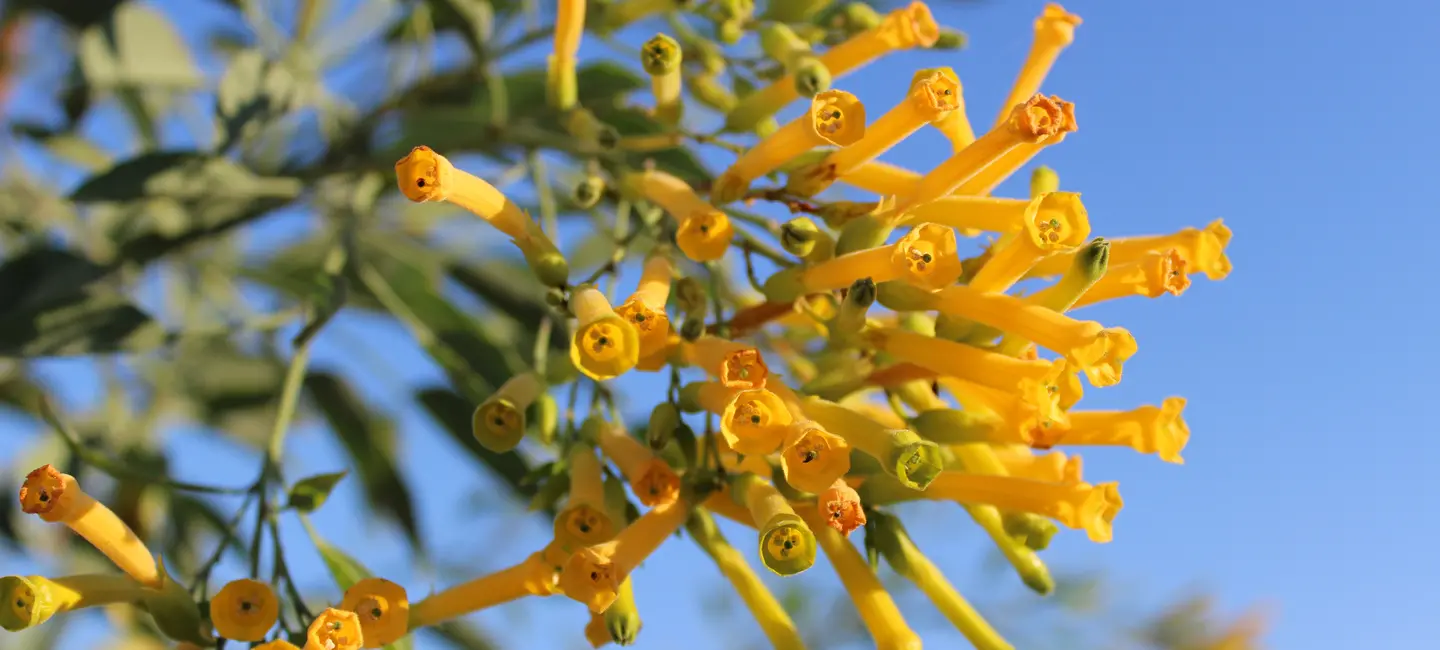
Tree tobacco is a shrub that grows to be about 5 meters high. It was originally found in Argentina, but now grows worldwide. The leaves of tree tobacco contain a chemical called anabasine. This chemical makes tree tobacco leaves poisonous when taken by mouth.
People use tree tobacco for boils, fever, headache, pain, sore throat, and as an insect repellant, but there is no good scientific evidence to support any of these uses.
Is It Effective?
There is interest in using tree tobacco for a number of purposes, but there isn't enough reliable information to say whether it might be helpful.
Is it Safe?
The leaves of tree tobacco contain a chemical called anabasine. Anabasine acts like a stimulant when taken at low doses and like a depressant when taken at high doses. This chemical also makes tree tobacco leaves poisonous when taken by mouth. Tree tobacco also seems to repel insects.
When taken by mouth:
Tree tobacco is LIKELY UNSAFE when taken by mouth. Tree tobacco contains a chemical called anabasine. This chemical is poisonous. Poisoning might cause the heart to stop beating, brain damage, severe muscle weakness and spasms, severe vomiting, breathing problems, seizures, high blood pressure, and death.
When applied to the skin:
There isn't enough reliable information to know if tree tobacco is safe or what the side effects might be.
Special Precautions & Warnings:
Pregnancy and breast-feeding: Tree tobacco is LIKELY UNSAFE when taken by mouth. Tree tobacco contains the poisonous chemical called anabasine. Anabasine can be harmful to the mother. It may also cause birth defects.
It is not known if this product interacts with any medicines.
Before taking this product, talk with your health professional if you take any medications.
There are no known interactions with herbs and supplements.
There are no known interactions with foods.
The appropriate dose of tree tobacco depends on several factors such as the user's age, health, and several other conditions. At this time there is not enough scientific information to determine an appropriate range of doses for tree tobacco. Keep in mind that natural products are not always necessarily safe and dosages can be important. Be sure to follow relevant directions on product labels and consult your pharmacist or physician or other healthcare professional before using.
Árbol del tabaco, Blåtobak, Blaugrüner Tabak, Gandul, Glaucous Leaf Tobacco, Nicotiana glauca, Tabac arborescent, Tabaco Moro, Tabaco Moruno, Tabaco Negro, Tobacco Bush, Wild Tobacco, Wildetabak.
Information on this website is for informational use only and is not intended to replace professional medical advice, diagnosis, or treatment. While evidence-based, it is not guaranteed to be error-free and is not intended to meet any particular user’s needs or requirements or to cover all possible uses, safety concerns, interactions, outcomes, or adverse effects. Always check with your doctor or other medical professional before making healthcare decisions (including taking any medication) and do not delay or disregard seeking medical advice or treatment based on any information displayed on this website.
© TRC Healthcare 2024. All rights reserved. Use and/or distribution is permitted only pursuant to a valid license or other permission from TRC Healthcare.
